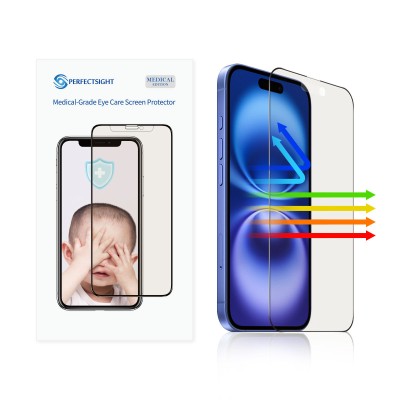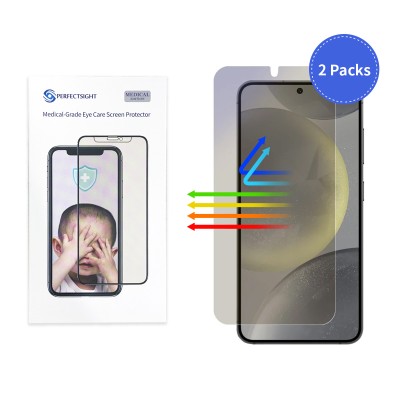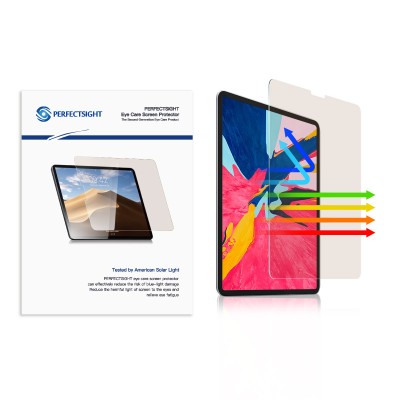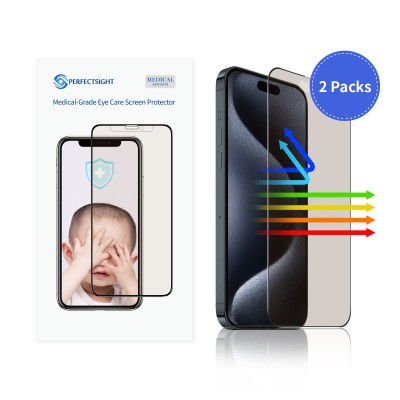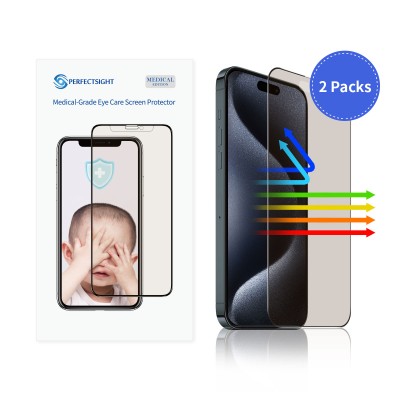The 6 Risks of Using a Cracked Screen Protector
Smartphones, tablets, and other electronic devices are like our digital best friends—always there when we need them! To keep these companions safe from harm, many of us opt for screen protectors, especially the trendy tempered glass ones. But what happens when that trusty protector develops cracks? Continuing to use a cracked screen protector can lead to more than just an unsightly appearance; it can open the door to a host of risks. Buckle up as we explore the six risks associated with using a cracked screen protector—because your device deserves better!
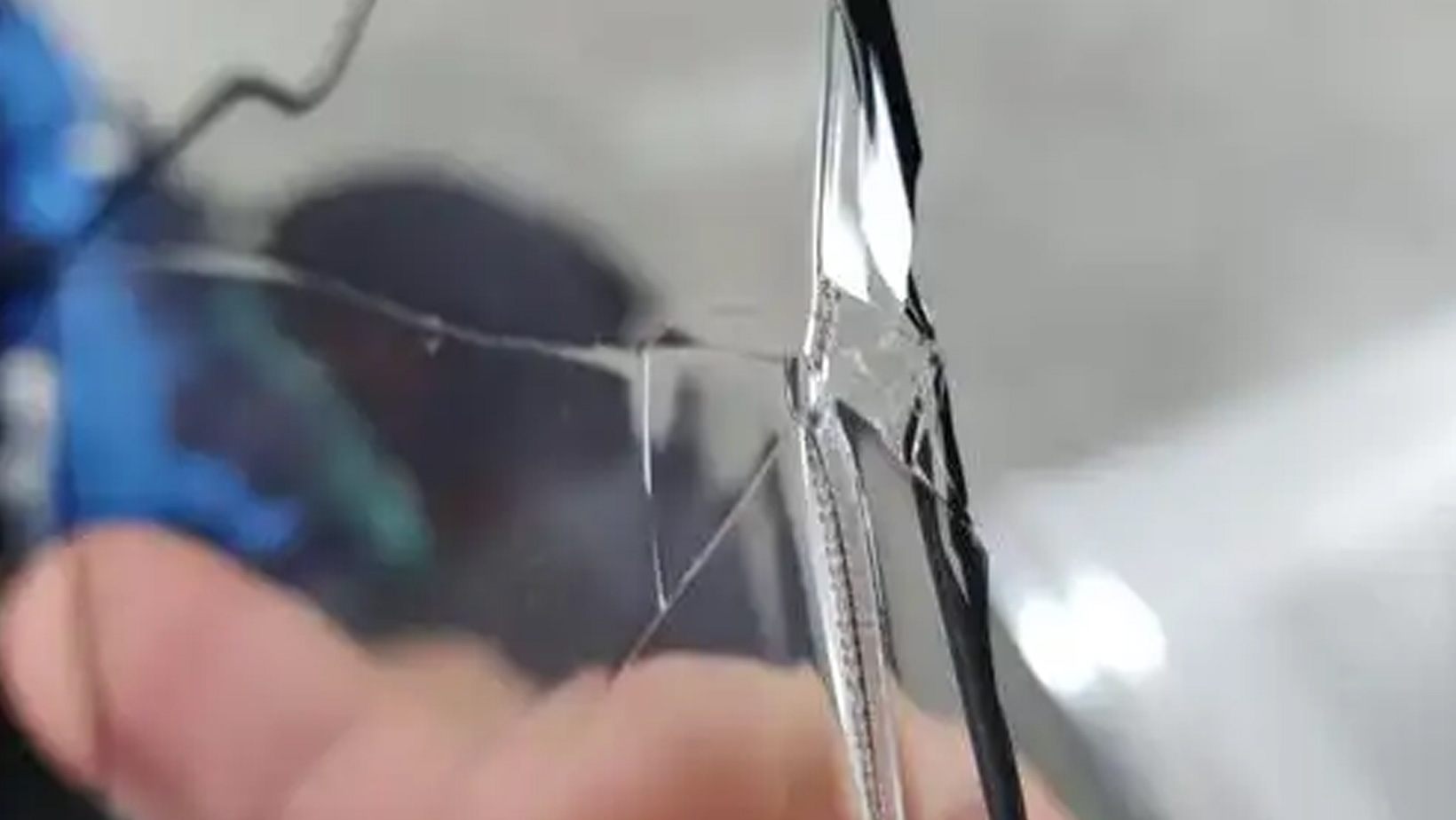
1. Reduced Protective Performance
A cracked screen protector clearly diminishes its original protective capabilities. Imagine your screen protector as a superhero. A cracked protector is like a superhero with a torn cape—still trying to save the day but not quite up to the task. Even minor cracks can make your screen more vulnerable to internal debris or external impacts.
If the phone accidentally drops, a cracked protector will not effectively absorb the impact, increasing the risk of screen shattering.
During daily use, friction between the casing or other hard objects and the cracked screen protector can accelerate further damage to the screen.
2. User Injury
A cracked screen protector may lead to glass shards flying off, especially upon strong impact. While the primary purpose of the protector is to safeguard the screen, the broken glass pieces can pose a danger to the user.
Glass shards can cut fingers, leaving superficial wounds that sting more than a paper cut—especially when you're just trying to scroll through your favorite memes.
What's more, the sharp edges of the cracked protector can potentially pose a threat to the eyes.
3. Impaired Touch Experience
A cracked protector may affect the device's touch sensitivity and operational smoothness. Cracks and gaps can lead to touch errors that make you feel like you’re battling a glitchy video game.
Applications may not respond smoothly, and users may accidentally touch other applications, impacting daily usage efficiency.
Apps may not respond as smoothly as they should, making you feel like you’re stuck in slow motion.
4. Aesthetic Damage
A cracked screen protector negatively impacts the device's appearance. In social or professional settings, using a damaged device may leave an impression of unprofessionalism or negligence.
A cracked screen protector can negatively impact aesthetics, both in professional and social settings.
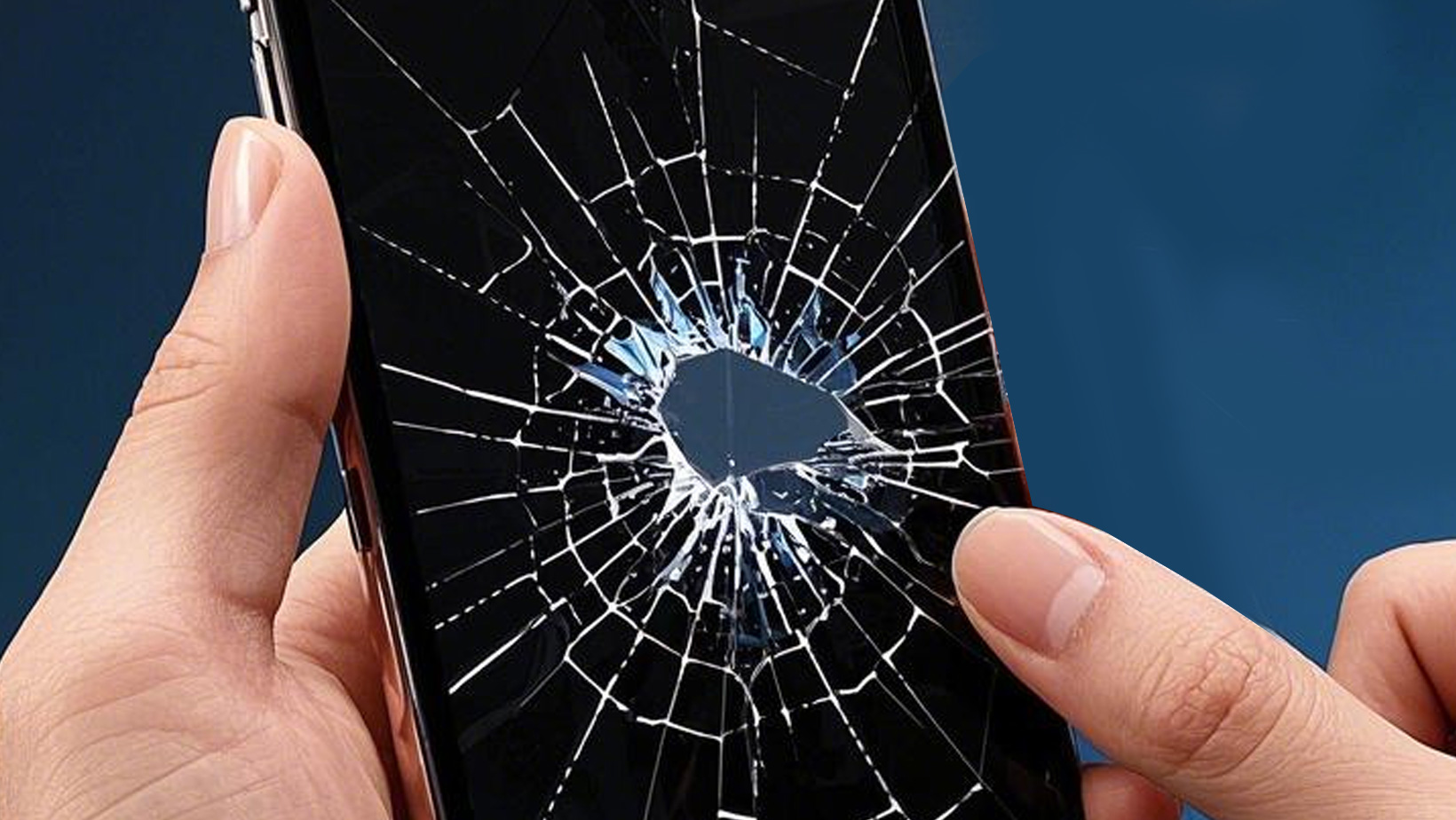
5. Affects Viewing Experience and Response
If you plan to resell your phone or device, a broken screen protector will significantly affect its resale value. Buyers typically scrutinize the device's appearance.
A cracked protector may lead potential buyers to doubt the overall condition of the device, reducing their willingness to purchase.
Ultimately, you may need to sell the device at a lower price due to the exterior damage caused by the need to replace the broken protector.
6. Potential Device Malfunction
In some cases, the cracking of the protector may indicate damage to the screen itself. If the protector is already cracked, it is possible that the screen underneath is also damaged.
Continuing to use the device may result in a faulty screen, ultimately necessitating a full screen replacement, increasing repair costs.
For instance, issues such as unclear display, blurry images, or poor touch response may worsen over time.
Common Questions
Does Screen Protector Prevent Cracking?
A screen protector isn't indestructible. The extent of damage to your phone largely depends on various factors—including the height from which it falls, the surface it lands on, what object scratches it, and even humidity levels. However, regardless of whether it's crafted from tempered glass or premium plastic, a screen protector plays a crucial role in safeguarding your device from scuffs, scratches, and cracks.
Can I Put a Screen Protector on a Cracked Screen?
Yes, it's possible to apply a screen protector to a cracked phone screen, but this is only advisable if the damage is minimal. For example, if there are missing pieces of glass or loose shards on the broken screen, the protector won't adhere effectively.
Should I Replace My Screen Protector if It's Cracked?
A cracked tempered glass screen protector can still offer a degree of protection, but its capacity to absorb impacts and safeguard your phone is significantly reduced. It may also impact the device's appearance, touch sensitivity, and overall safety. It is generally recommended to replace the protector to maintain effective protection and avoid any further damage.
How to Remove Cracked Screen Protector?
Removing a broken tempered glass screen protector can require a bit of technique. Start by using a hair dryer on a low heat setting to warm the protector, which will help soften the adhesive. Next, begin at one of the unbroken edges and carefully use a wooden toothpick or a plastic card to pry up the corners of the protector gently.
